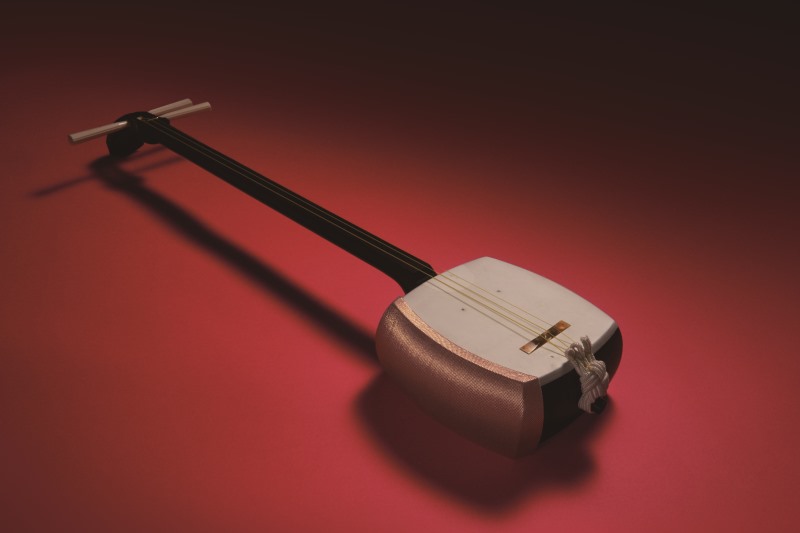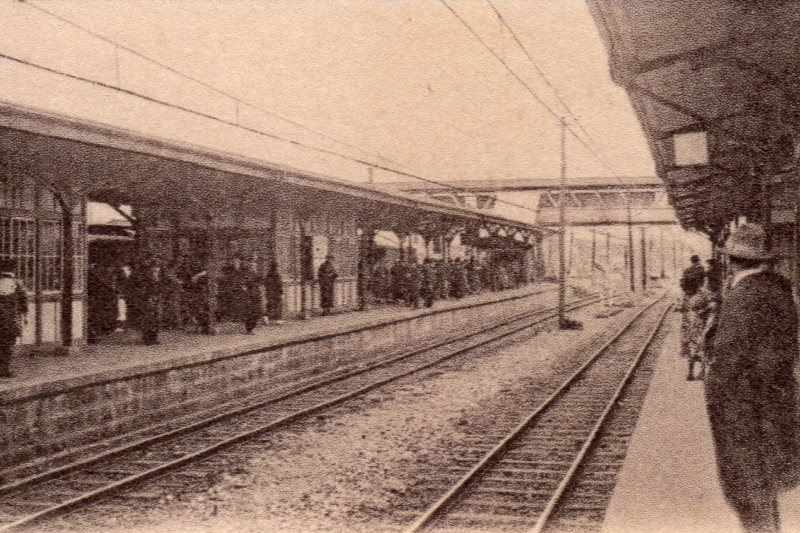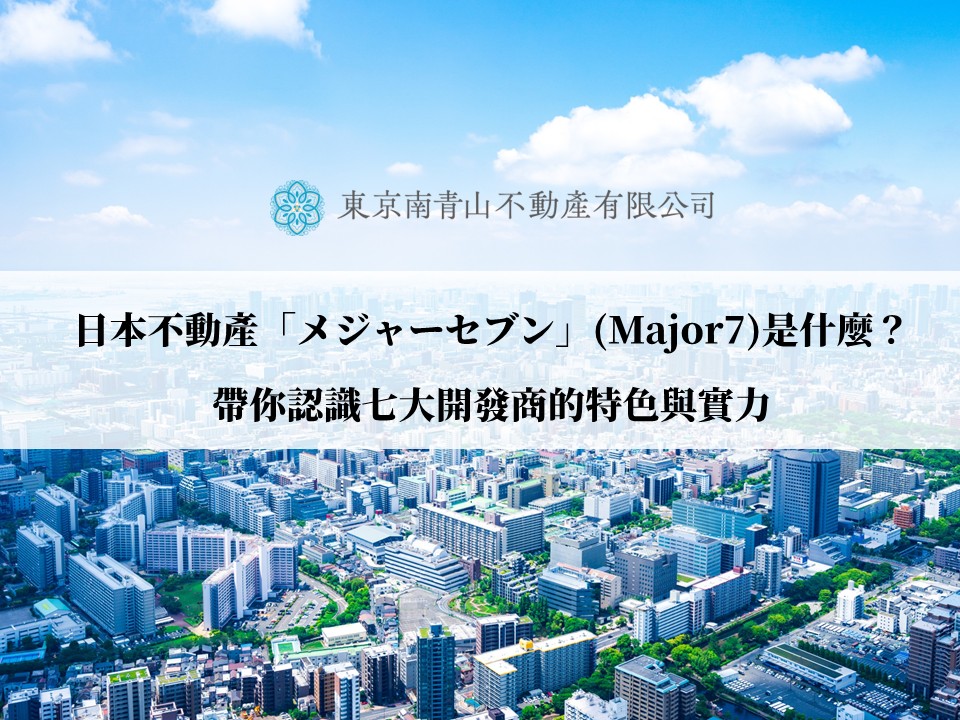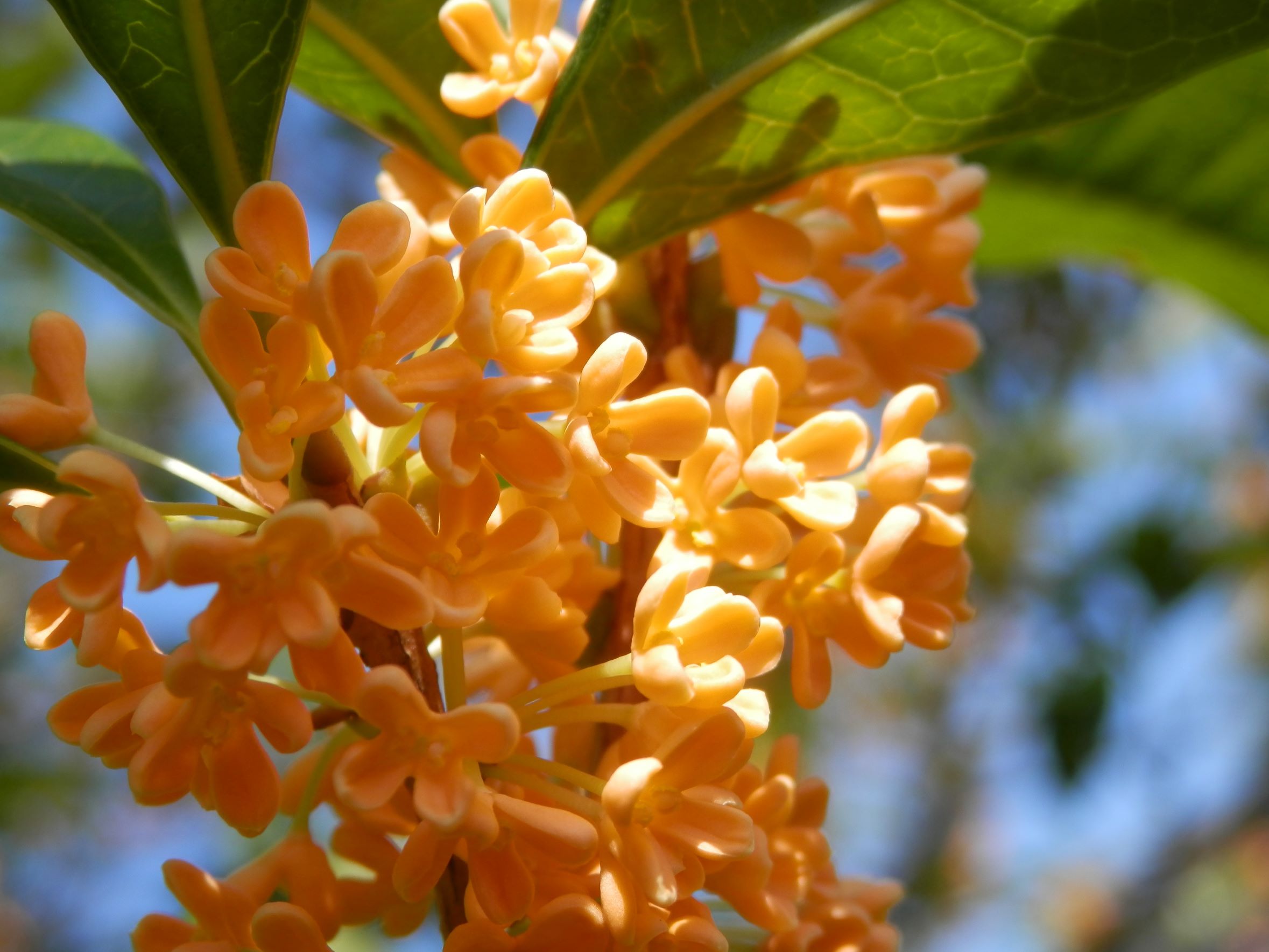Toshima Ward is centred on 'Ikebukuro Station' and extends inside and outside the Yamanote Line, including the towns of Mejiro, Otsuka, Sugamo and Komagome. Ikebukuro Station, the geographical and economic heart of the city, is a mega-station with the second highest number of passengers in Japan (2000-2021) after Shinjuku Station, according to JR East's public relations department.
The population of Toshima-ku is ranked 14th among the 23 wards, but it ranks first in terms of population density (April 2023). This means that urban functions are concentrated around stations, making it a compact city to live in. In addition, Toshima Ward ranks second among the 23 wards in terms of the percentage of foreign residents (April 2023). The large number of Chinese, Korean and other nationalities living in the ward means that administrative services are available in various languages, making it a 'friendly ward for international migrants'.
On the other hand, Mejiro, Zoshigaya, Nishi-Sugamo and Komagome were once the residences of feudal lords during the Edo period and many of these areas are still home to high-class mansions. There are also many universities and vocational schools in the ward, so the daytime population of young people is large, even on weekdays, and the city is full of vitality and diversity.
Ikebukuro Station
Minami Ikebukuro Park
■1 Toshima Ward in the Pre-Modern - Edo Period
How did Toshima Ward become the city it is today? Let's unravel it by tracing its history.
Before the modern era, Toshima Ward was part of a farming area known as 'Toshima-gun, Musashi Province'. The oldest settlements were in Sugamo and Nishi-Sugamo, and before the Edo period they were noted as couples of different Kanjis. Ikebukuro used to be an empty, low marshy area with many small, bag-like ponds called 'Maruike' until the railway was built. This is said to have been the origin of the name Ikebukuro.
During the Edo period, the village area consisted of seven villages: Kamikomagome, Sugamo, Zoshigaya, Shimotakada, Nagasaki, Nitta Horinouchi and Ikebukuro. Zoshigaya, Kishimojin-do was opened in 1666 and worshipped as a deity of safe delivery. There were tea shops and restaurants in front of the gate.
Later, the town developed in Sugamo along the Nakasendo Road. Sugamo was the first stop on the Nakasendo route after leaving Nihonbashi, the starting point of the route, and the Jizo-dori shopping street, then known as Sugamo Jitate, was a resting place for travellers.
In the Edo period, Sugamo was also a thriving area for breeding and 'taneya' (seed shops) flourished. Travellers, many of whom were local farmers, bought vegetable seeds in Sugamo as Edo souvenirs and returned home.
Many planters also lived in Somei, next to Sugamo, where they competed with each other to improve varieties while tending to their samurai residences. The Someiyoshino cherry tree was born out of this, and was created around the end of the Edo period by crossing the Oshima cherry and the Edohigan cherry. The cultivation of azaleas and chrysanthemums is also very popular, and the Chrysanthemum Festival is still held in November on Sugamo Jizo-dori Street.
Zoshigaya Kishimojindo
Sugamo Jizo Street shopping street
■2 Toshima Ward from the Meiji Era to the Pre-War Period
During the Meiji era, Toshima Ward developed significantly along with the railway system. A connecting line from Mejiro to Tabata was planned, but as the route crossed the Sugamo Prison (today's Sunshine City), the line was shifted to the north and Ikebukuro, Otsuka and Sugamo stations opened in 1903. Otsuka Station was originally intended to be built in Otsuka, Bunkyo-ku, but was replaced by a station in Nishi-Sugamo. As the neighbouring Sugamo Station is located next door, the station was named Otsuka Station as originally planned.
The area around Ikebukuro Station had previously been a wilderness, so a large area of land was used to develop the station as a depot, and the Tojo Railway (1914) and Musashino Railway (the main line of today's Seibu Railway) (1915) opened successively from Ikebukuro at the end of the Meiji period, laying the foundations for its development.
With the opening of the stations, the areas around Mejiro, Nishi-Sugamo, Sugamo and Komagome were developed as residential areas and residential districts were created. Many schools were relocated and opened in the Meiji and Taisho periods, as it was easy to obtain large plots of land. In addition, the Toshima Normal School (the predecessor of the University of Arts and Sciences) was newly established in Nishi-Ikebukuro, enhancing the area's character as a centre of culture and education.
Towards the end of the Taisho era (1912-1926), Toshima Ward experienced a period of rapid population growth, as the eastern part of Tokyo was severely damaged by the Great Kanto Earthquake of 1923, and many people who lost their homes moved to Toshima Ward. In response to this population increase, in 1932, the towns of Sugamo-cho, Nishi-Sugamo-cho, Takada-cho and Nagasaki-cho, which belonged to Kita Toshima-gun, were merged to form Toshima Ward. In view of the loss of Kita Toshima-gun, the name of the ward was decided to retain the name "Toshima" as a result of discussions between the four towns.
Ikebukuro Station c.1925
Gakushuin University
■3 From the Post-War Period to the Present
After the Second World War, reconstruction progressed in each town, but the biggest change was in the Ikebukuro Station area, which became more of a hub for the railway network. People used the railways to gather around Ikebukuro Station, and underground market shops, mainly restaurants, lined the area as people regained their vitality for reconstruction.
Part of the site of the former 'Toshima Normal School Elementary School', which was relocated in 1964, was developed as 'Ikebukuro Nishiguchi Park', and later the 'Tokyo Metropolitan Art Space' was built on the remaining part. Since around 1990, when the Tokyo Metropolitan Art Space was built, Toshima Ward has been promoting the "International Art and Culture City" concept for the Ikebukuro Station area, and various developments are currently underway. As a start, the Ikebukuro Nishiguchi Park was renovated in 2015 to create the Global Ring Theatre, an open-air theatre in the park.
While the west exit of Ikebukuro Station was an area of education, the east exit was a commercial centre before the war. After the war, the Kikuya Department Store at the east exit was transformed into the Seibu Department Store, which became the symbol of Ikebukuro Station. The burnt-out area in front of the East Exit Station was rebuilt before the West Exit side and became the centre of the city.
The Sugamo Prison, one of the largest prisons in Japan, was located between Ikebukuro and Otsuka Stations and was known as the Sugamo Prison, where important war criminals were imprisoned. The core building, Sunshine 60, was completed in 1978 and was the tallest building in Japan at the time.
In the 2000s, the subculture boom led to a concentration of related shops on the east side of Ikebukuro Station, attracting many young people. In the 2010s, the area around Naka-Ikebukuro Park was redeveloped, the ward office was relocated and buildings such as 'Hareza Tower', which houses a cinema complex and hall, opened on the site. This area continues to evolve as a state-of-the-art entertainment cluster.
The degree of change around the stations other than Ikebukuro Station has been much more gradual, and many areas still retain the old-fashioned atmosphere of the Showa period. The Toden Arakawa Line, which runs through Otsuka and Kishimojin Stations, is Tokyo's only tramway, and retro vehicles used since the Showa period are still in service. Zoshigaya's old streets and temples, as well as the Sugamo Jizo-dori shopping street, also known as "Harajuku for grandmothers", are ideal places to stroll around in search of a retro feel. The duality of a cutting-edge city and a downtown is what makes Toshima Ward so interesting.
Lobarring Theatre and Tokyo Art Theatre
Otsuka Station Metropolitan Electric Railway
■4 Toshima Ward in the future
The most notable area in the future of Toshima Ward is the Ikebukuro area. A large-scale redevelopment project is underway on both the east and west sides of Ikebukuro Station, and within the next few years, two pedestrian decks will connect the east and west sides of the station, creating four high-rise towers on the west exit side and a large station square on each side. On the east exit side, Meiji-dori Avenue will be substantially rerouted and replaced by a bypass route. Expectations are high for an even livelier Ikebukuro.
These and other changes in Ikebukuro are said to be on a scale comparable to the changes in Shibuya over the past decade or so, so keep your eyes open. The "new Ikebukuro" that will soon be born will finally become an "international art and culture city" in both name and reality.
Nishi-Ikebukuro Ekimae Dori
Sunshine City
■5 Mini-Columns Tokyo Shamisen
There are several workshops in Toshima Ward that manufacture and sell the Tokyo Shamisen, a type of Japanese musical instrument. The shamisen has its roots in China and came to Japan in the Muromachi period (1336-1573) via the Ryukyu Islands. It is characterised by the fact that it is upholstered with cat skin and played with the flat plectrum of a biwa, and was very popular among the common people in the Edo period (1603-1868), so it was manufactured in large numbers in Edo.
Today, the number of craftsmen has decreased, but Sahaya Sangen-ten in Sugamo offers shamisen production and repair services, while Kashiwaya Gakki-ten in Kaname-cho offers production, sales and repair services. At the Kashiwaya Gakki Store, you can actually see the actual instruments.

Tokyo shamisen











